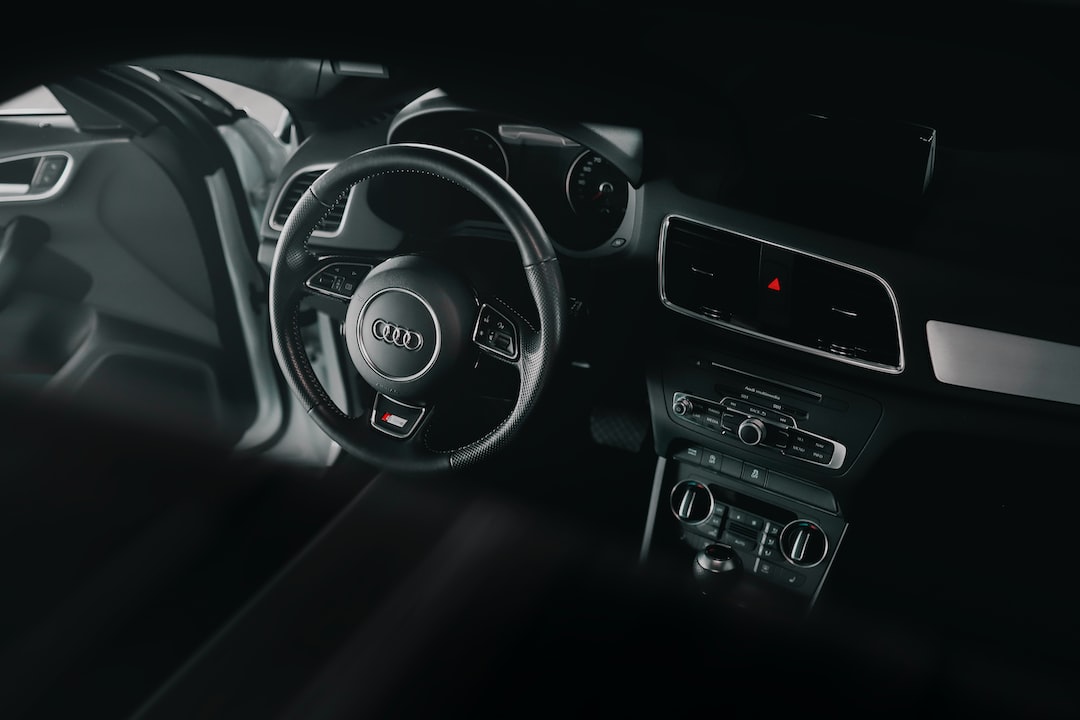The History of Muscle Cars: From the 1960s to Today
Muscle cars have been an emblem of American automobile design and engineering for decades. These powerful machines, with their massive engines, sleek bodies, and high-performance capabilities, have captivated car enthusiasts since their inception in the 1960s. Thus, let’s take a nostalgic journey to explore the history of muscle cars from the 1960s to today.
The term “muscle car” is commonly associated with American-made, mid-sized, rear-wheel-drive vehicles with powerful V8 engines. However, the concept of a high-performance car with a large engine can be traced back even further. In the early 1950s, hot rodders began modifying stock cars to increase their power and speed. These modifications proved to be the foundation for what would become the muscle car revolution.
The 1960s is often considered the golden age of muscle cars. American automakers like Ford, Chevrolet, and Dodge were competing fiercely to develop the most powerful and fastest cars on the market. This era saw the birth of iconic models such as the Ford Mustang, Chevrolet Camaro, and Dodge Charger; cars that would become legends in their own right.
The Ford Mustang, introduced in 1964, revolutionized the automotive industry. It offered a perfect blend of style, affordability, and performance. The Mustang quickly became an instant hit, capturing the hearts of car enthusiasts and paving the way for other muscle cars to follow.
Chevrolet’s response to the Mustang came in the form of the Camaro. Launched in 1966, the Camaro offered a range of engine options, from a six-cylinder to a fire-breathing V8. The Camaro’s aggressive styling, coupled with its powerful engines, made it a formidable competitor in the muscle car segment.
Dodge, never one to be left behind, introduced the Charger in 1966. The Charger featured a bold design and a range of engine options, including the famous 426 Hemi V8. With its combination of power and style, the Charger left an indelible mark on the muscle car landscape.
As the 1960s turned into the 1970s, muscle cars faced increasing challenges. Rising fuel prices, stricter emissions regulations, and a general shift in consumer preferences towards smaller, more fuel-efficient cars led to the decline of the traditional muscle car era. However, this decline was not the end of muscle cars; it was merely a temporary setback.
The late 1980s and 1990s witnessed a resurgence of muscle cars with the introduction of modern classics like the Chevrolet Camaro Z28 and the Ford Mustang GT. These cars featured advanced technology, fuel injection, and improved handling, while still paying homage to their iconic predecessors.
In recent years, muscle cars have made a triumphant comeback, thanks in no small part to advancements in technology. Today’s muscle cars are more powerful, faster, and more efficient than ever before. Automakers like Dodge with their Challenger Hellcat and Ford with the Shelby GT500 have pushed the boundaries of what a muscle car can be.
Moreover, with the rise of electric vehicles, even muscle cars are getting electrified. Companies like Tesla have demonstrated that electric vehicles can be incredibly fast, and traditional automakers are now following suit. Cars like the Ford Mustang Mach-E and the Chevrolet Camaro eCOPO are electric alternatives that combine power and efficiency.
In conclusion, the history of muscle cars is a testament to the enduring love affair between Americans and their automobiles. From their humble beginnings in the 1960s to the technologically advanced machines we see today, muscle cars have remained a symbol of power, performance, and Americana. As we look to the future, one thing is certain: muscle cars will continue to captivate car enthusiasts for generations to come.

